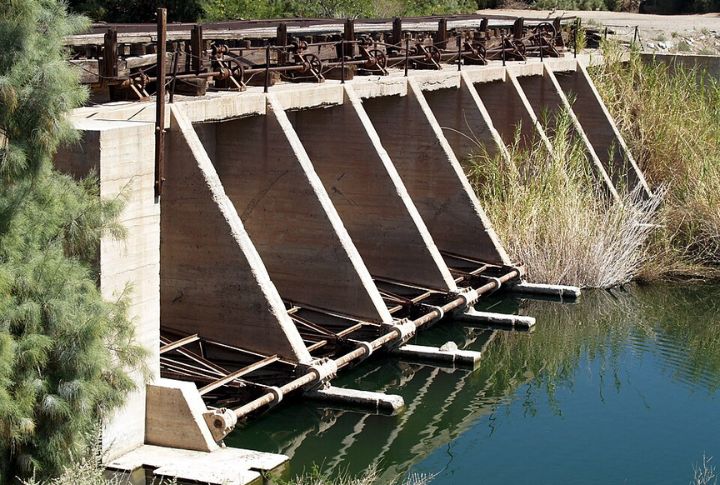
The Alamo Canal was built to transform dry land into farmland, but the results went far beyond irrigation. Poor planning, urgent decisions, and unauthorized actions set off a chain of events that overwhelmed the region. A single engineering move allowed the Colorado River to escape control. What followed wasn’t just unexpected—it reshaped the map. These 10 details reveal the full story.
The Canal Was Built To Irrigate California’s Desert
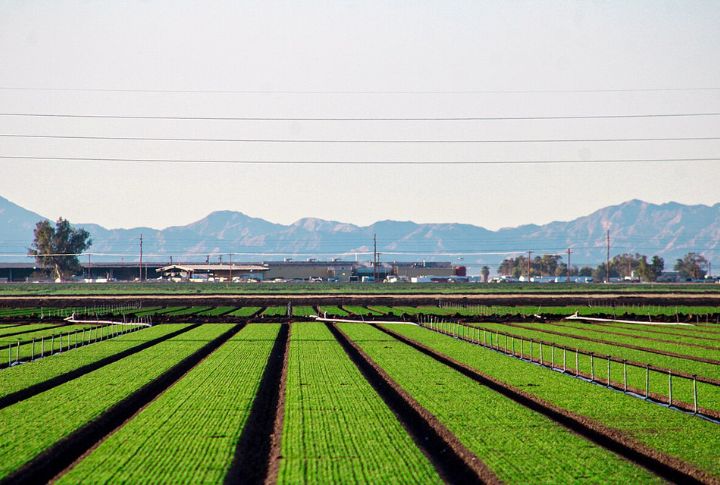
Built in 1901, the Alamo Canal was designed to irrigate California’s Imperial Valley using water diverted from the Colorado River. The region had been so dry that it was nearly uninhabitable. Irrigation turned that around fast. Today, the area stands as one of the most productive agricultural zones in the U.S.
It Crossed The U.S.–Mexico Border Twice
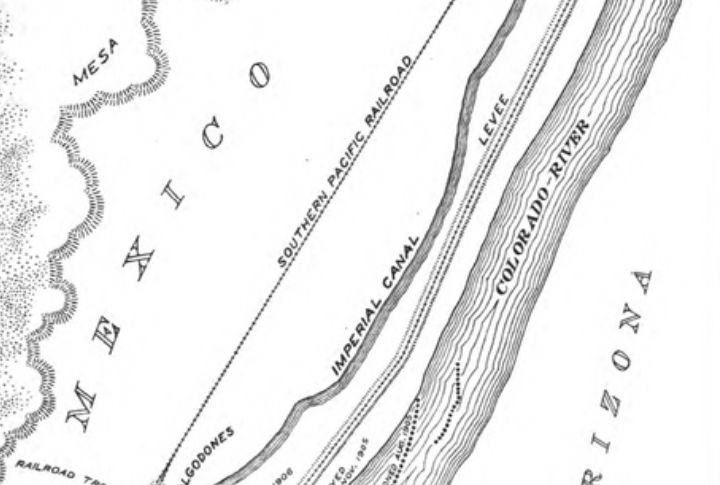
To bypass land barriers in the U.S., engineers routed the Alamo Canal into Mexico before returning it to California. The move paid off, Mexicali gained water access, and construction avoided legal headaches. Even now, parts of the canal remain active in Mexico, continuing to support both irrigation and binational cooperation.
It Was Modeled After Ancient Irrigation Systems
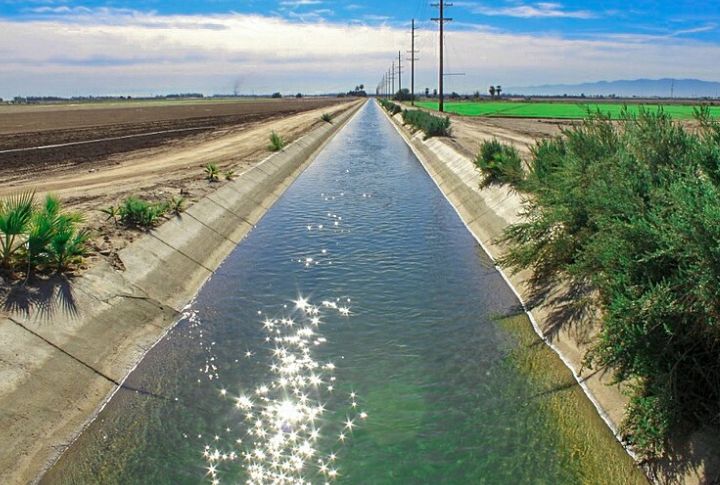
The Alamo Canal took inspiration from earlier irrigation models. Developed to support farming in the Imperial Valley, it relied entirely on gravity, and no pumps were involved. That low-tech approach worked well. At full capacity, the canal moved over 10,000 cubic feet of water per second, meeting the region’s agricultural demands.
The Canal’s Weak Banks Led To Disaster
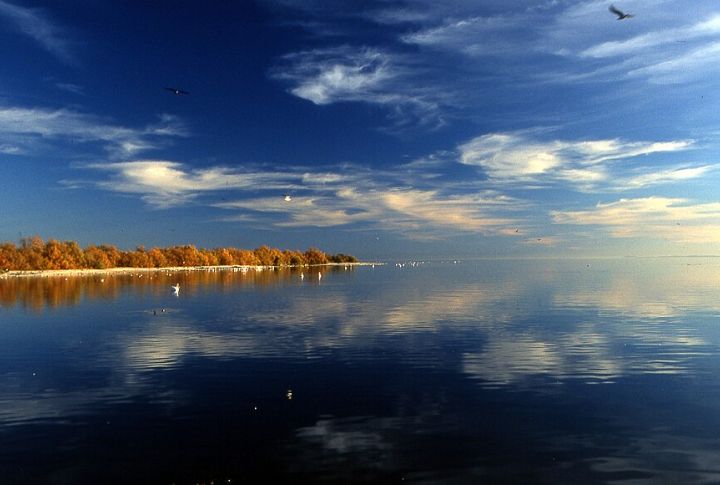
Here’s where everything went sideways. In 1905, the Alamo Canal’s flimsy banks gave up, and the Colorado River crashed through. Water rushed into the Salton Sink, and then the Salton Sea was born. It took engineers nearly two years to plug the mess. For a while, folks thought the sea was here to stay.
The Canal’s Breach Was Engineered Illegally
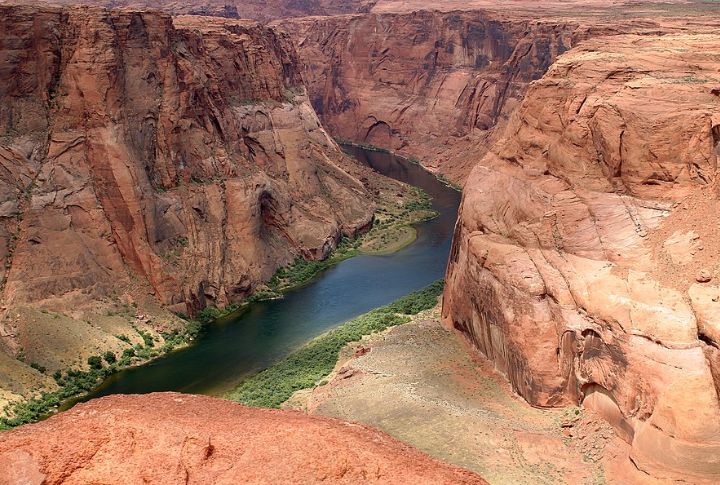
In 1904, with water flow blocked by silt, Charles Rockwood defied international protocol. Without Mexican approval or control gates, he breached the Colorado River to save California farms. The rushed fix—called the “Lower Mexican Intake”—spiraled into disaster, triggering the flood that permanently formed what we now call the Salton Sea.
It Was Built By A Private Company
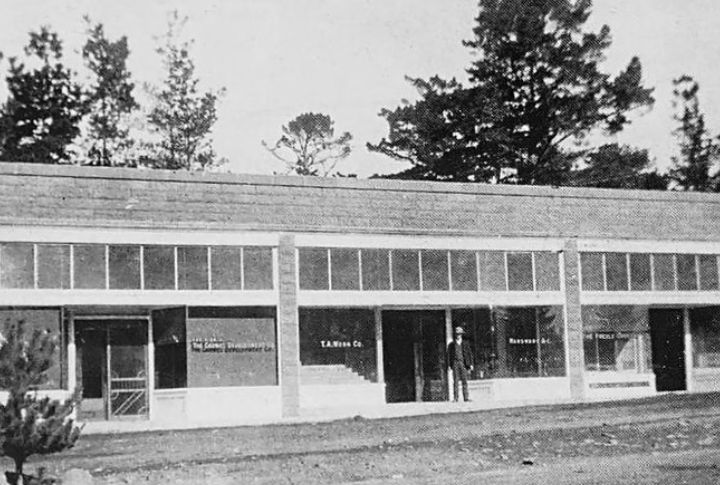
The Alamo Canal wasn’t a government job; it was the California Development Company that built it. No federal help, no major funding. When the 1905 flood hit, the company tried to fix it and went broke doing so. That failure helped spark the push for real federal water oversight.
A Railroad Tycoon Saved The Canal Project

With floodwaters threatening his tracks, railroad tycoon E.H. Harriman stepped in. He used Southern Pacific trains and equipment to help divert the Colorado River, saving irrigation efforts in the Imperial Valley. His move stabilized the canal. Later, Southern Pacific tried billing the government for the emergency fix.
It Became Part Of A Legal Water War
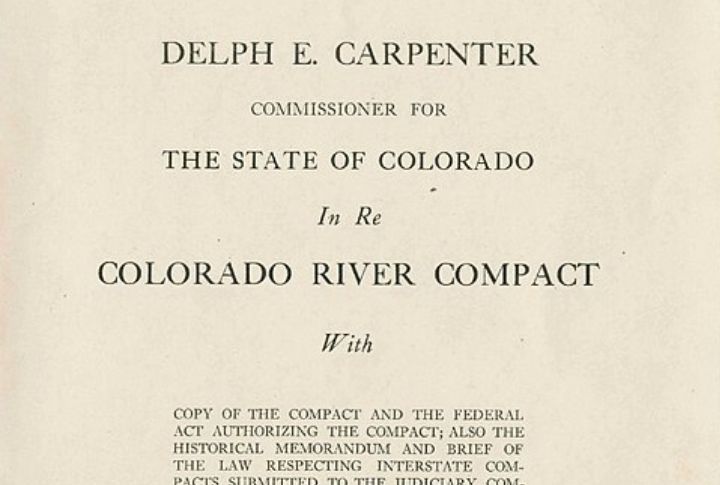
Early use of the Alamo Canal triggered major disputes. California, Arizona, and Mexico each demanded water rights from the Colorado River. The growing pressure led to the 1922 Colorado River Compact, a key agreement in Western water law. Yet some court cases tied to the canal didn’t wrap up for over five decades.
The All-American Canal Replaced It In 1940
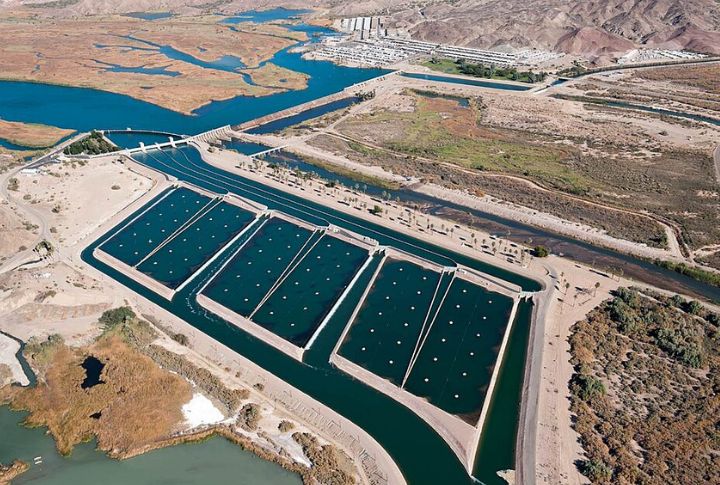
To secure water access, the U.S. built the All-American Canal in 1940 to bypass Mexico completely. It replaced the Alamo Canal and continues to serve farmers in the region. The name wasn’t random; it was a deliberate move to keep resources within U.S. control. It’s now one of the largest irrigation canals globally.
The Collapse Altered The Colorado River’s Flow Permanently
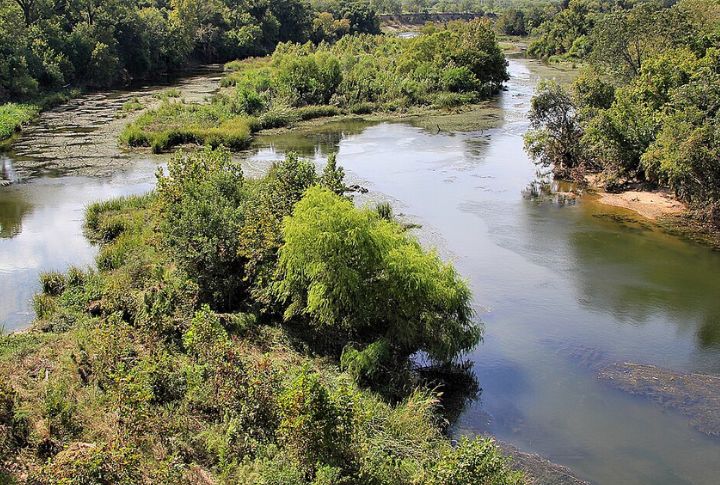
The 1905 flood that formed the Salton Sea did more than submerge land—it rerouted the Colorado River. A massive canal breach sent water rushing into the Salton Sink, permanently shifting flow patterns. Even after repairs, sediment buildup disrupted control, laying the groundwork for future shortages and the eventual All-American Canal.
